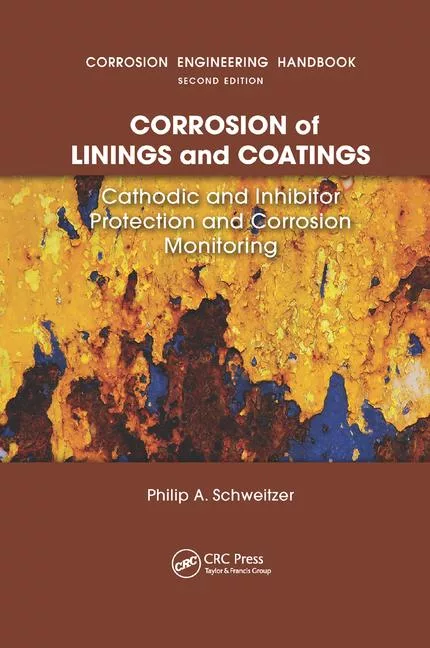Regulatory Review: Examining the recent U.S. Environmental Protection Agency (EPA) policy decision concerning chlorinated paraffins
While the term collateral damage generally refers to some type of military activity, it also bears resemblance to a recent U.S. EPA policy decision.


Most readers are familiar with the term “collateral damage.” It is generally described as a situation in which injury is inflicted on something other than an intended target. While the definition generally relates to some type of military activity, it also bears a resemblance to a recent U.S. Environmental Protection Agency (EPA) policy decision concerning chlorinated paraffins.
But first, I need to provide some background. Chlorinated paraffins have been commercially used worldwide for more than 70 years. They are involved in a number of critical applications, including metalworking fluids for aerospace and flame retardants; and plasticizers for adhesives, sealants, coatings, and industrial rubber applications.
The EPA has been reviewing this class of chemistry since the 1970s. The agency originated the concept of grouping these materials by the length of their carbon chains into three traditional categories: short-chained (SCCP) (C10-C13), medium-chained (MCCP) (C14-C17), and long-chained (LCCP) (C18-C30). More recently, the EPA has added a category that is designated very long-chained (vLCCP) for materials of more than 20 chain lengths.
In 2009, the EPA unilaterally declared that chlorinated paraffins manufacturers had wrongly been classifying all the various chain length materials as a single chemical under a single CAS registry number. Instead, the agency decided that these chemicals were all unique and needed to go through the new chemical process (PMN) in order to be added to the TSCA Inventory. The manufacturers began filing PMNs for MCCPs and LCCPs in 2012. Late last year, the EPA responded to the PMNs with confidential “Draft Standard Review Risk Assessments,” which apparently raised concerns regarding environmental and persistence and bioaccumulation potential in groundwater.
Now this is where things really get interesting. Before the PMN submitters had the opportunity to respond to the draft risk assessments, the EPA issued a letter ordering the manufacturers to end all chlorinated paraffin production by May of 2016. Do you see where the idea of collateral damage is coming into play here? A number of adhesive and sealant manufacturers use chlorinated paraffins. These materials not only serve as plasticizers, but also prove to be an effective fire retardant. Often, these products have to meet fire-resistance ratings, which means they have to go through complicated flammability testing. If that isn’t enough, some end users, including the Department of Defense, have their own specific testing protocols.
Interestingly, as this issue was being played out between the EPA and the chlorinated paraffins manufacturers, many of the downstream customers were unaware of the issue. Months after the EPA’s initial notification to the raw material manufacturers, it was finally brought to the attention of many industries farther down the value chain (including our members) that, in some cases, entire product lines will lack a critical ingredient for production by the middle of next year.
The ASC immediately reached out to the EPA to educate the agency’s decision makers about the big-picture implications for removing all chlorinated paraffins from commerce in just 15 months. Those discussions are ongoing, and I am hopeful that a resolution of this situation will be forthcoming in the near future.
What seems to me to be more troubling—and should be to you as well—is what appears to be the lack of forethought by the EPA in making this decision to invoke such a ridiculously short deadline. Despite the fact that the EPA seems to be able to suddenly characterize all these various chained chlorinated paraffins as new chemicals, the fact remains that they have been used in commerce for 70 years. Industries have come to rely on the advantages that those specific chemicals bring to certain formulations, and it cannot be assumed that alternatives are readily available.
Was there any investigation by the EPA about the impacts this decision would have farther down the value chain? If so, I’m not aware of it. Are there other chemicals out with a bull’s eye on their back, for which EPA can develop a “unique” interpretive finding? If so, other industries could become the next collateral-damage victims.
Any views or opinions expressed in this column are those of the author and do not represent those of ASI, its staff, Editorial Advisory Board or BNP Media.
Looking for a reprint of this article?
From high-res PDFs to custom plaques, order your copy today!








